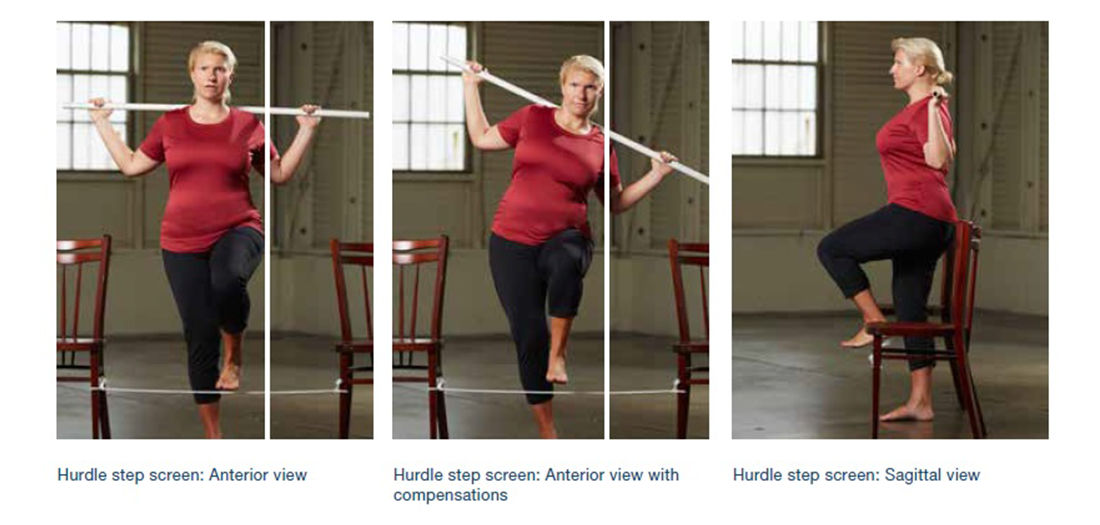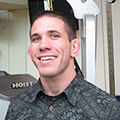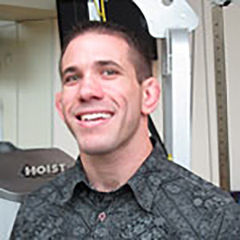Through posture and movement assessments, it can be determined what muscles may be impacting the client’s ability to move. These posture issues can then be addressed with exercises and stretches in a stability and mobility program, which may help to improve muscle balance.
In each assessment, you are looking to see what posture error is occurring and which muscles may be compensating for the deviation. You are looking for which muscles may be tight and which muscles may be lengthened. Tight muscles need to be stretched with a flexibility program and lengthened muscles can be helped by a strengthening program.
Here is an easy process for determining what muscles are involved in the compensation.
- Look at the posture the client is exhibiting. What action is occurring at the joint you are assessing?
2. What muscle is the agonist (prime mover) for this action?
3. The agonist muscle is the tight muscle that needs to be stretched.
4. What is the antagonist muscle to this action?
5. The antagonist muscle is the lengthened muscle, which needs to be strengthened.
Take a look at these helpful blog articles that describe the structure and function of important posture muscles.
Muscles That Move the Leg
Muscles of the Core
Muscles That Move the Arm
Muscles That Move the Scapulae
When reviewing the information in these articles, remember that each action has an opposing action, which can help you differentiate between agonist and antagonist muscles.
Let’s do an example together:

During the Hurdle Step movement screen, one of the deviations being examined is the movement of the knees.
- The client’s knee is moving inward (into the midline). This action is hip adduction.
2. The agonist muscle group is the hip adductors.
3. The hip adductors may be benefited by a stretching program.
4. The antagonist muscle group is the hip abductors.
5. The gluteus medius and minimus (the hip abductors) may be benefited by being strengthened.
Try to complete each posture assessment on yourself or on a friend or family member. Every time a muscle is mentioned, use your exercise science manual or the articles above to find the muscle, then locate the muscle on your body and understand the actions it causes.
This is also a great time to think ahead. What exercises could address suspected weak muscles and what stretches could address suspected tight muscles?
 by
by 









 by
by